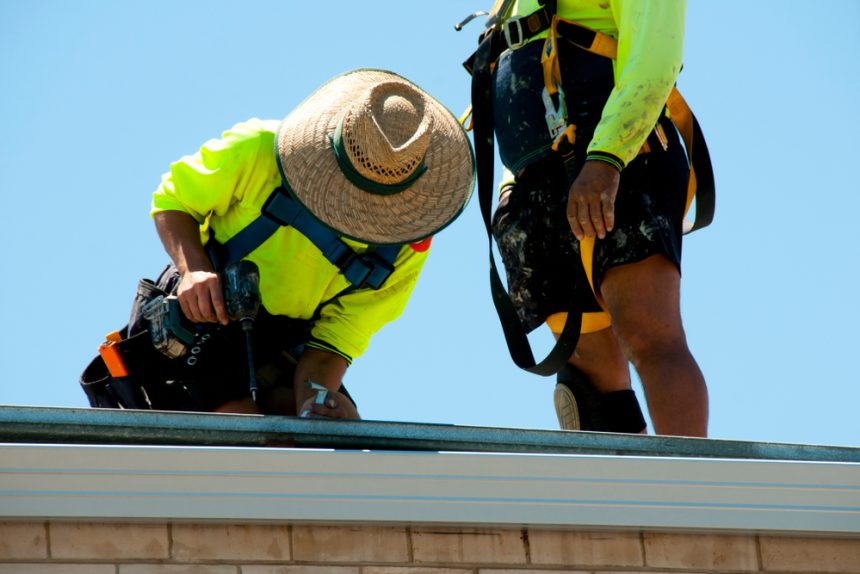Despite the ongoing worker shortage across the country, the government still hasn’t recognised trades on its Skills Priority List.
In a recent quarterly Trades Report update from the Housing Industry Australia (HIA), economists revealed that, while easing slightly, the labour shortages plaguing the residential construction industry aren’t fading away anytime soon.
Thanks to a “slowing in building activity”, the organisation’s Trades Availability Index dropped to -0.58 in the first quarter of 2024, down from -0.64 at the end of last year and the lowest score the sector has seen in almost three years.
However, HIA Senior Economist Tom Devitt said that while this is a welcome improvement, it’s still among the most acute shortages of skilled tradespeople Australia has seen since the report began in 2003.
“Even with home building pipelines shrinking rapidly under the weight of the RBA’s rate hikes, public infrastructure projects have been absorbing a lot of skilled trades, as have mining and other non-residential projects,” he said.
“As a consequence, improvement in trades availability stalled for much of last year and the prices of these trades are continuing to rise much faster than usual.
“Trades prices increased by 6.2 per cent in the 12 months to March 2024 compared to an annual average rate of just 2.0 per cent before the pandemic.”
By region, quarterly readings were volatile. Taking an average over the last six months, the most acute shortages of skilled tradespeople were in regional WA (-0.97) and regional SA (-0.95), followed by Adelaide (-0.85), Perth (-0.83), Brisbane (-0.69).
By trade, the most acute shortages existed in bricklaying (-1.00), followed by ceramic tiling (-0.85), plastering (-0.74), carpentry (-0.74) and roofing (-0.70).
Finding a fix
With this shortfall of skilled labour set to cripple the government’s mission to build 1.2 million homes by 2029, Mr Devitt said the government’s only hope is to take “two key policy actions” before it’s too late.
The first would be financial incentives for our nation’s apprentices and employers of apprentices to keep more trainees on the job and ease the costly burden on small businesses.
“Financial incentives which encourage the employment of an apprentice and improve retention have proved invaluable to helping the construction industry to access more workers. In addition, apprentice incentive funding opens up opportunities for those who seek a diverse and rewarding career in construction,” said Mr Devitt.
The second would be to allow the building industry to access skilled labour from overseas in order to respond to the boom-and-bust cycles caused by government policy settings.
However, despite the obvious need, the government decided to exclude tradespeople from their priority visa scheme for migrants earning over $135,000, along with many other crucial workers like labourers and machinery operators.
The decision garnered backlash from organisations like HIA and Master Builders, with many disappointed over the inconsistency between the earning potential of skilled trades and their placement in the second tier of the core skills pathway.
The Australian Chamber of Commerce and Industry also said they saw the exclusion as “unfortunate” and emphasised the need for a comprehensive approach to fill workforce shortages.
“It is welcome to hear that the Australian government will be streamlining visas for in-demand jobs. Unfortunately, for some unknown reason, the government may be excluding a number of trades crucial to the home building industry,” added Mr Devitt.
“There is uncertainty around the possible exclusion of important home building trades, including bricklayers, carpenters, ceramic tilers, plasterers, joiners, concreters, roofers, painters, landscapers and plumbers.
“The ability to access skilled trades at times when building activity increases can assist in easing the acute shortage of housing.”







